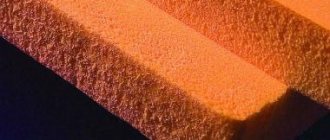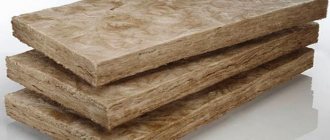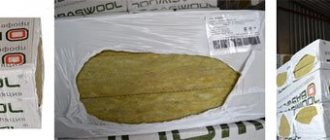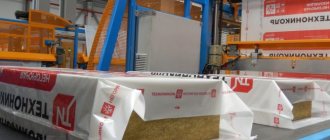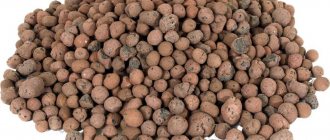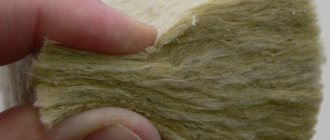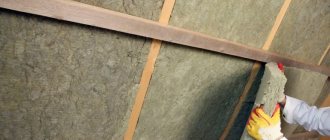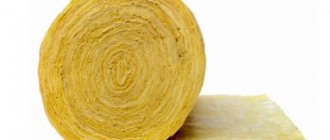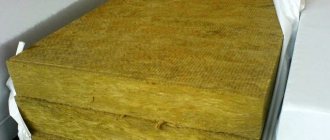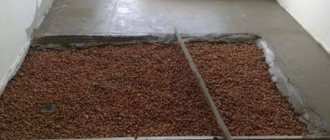Stone (basalt) wool is often called materials that are not related to it, confusing properties and characteristics. In fact, basalt insulation is nothing more than an environmentally friendly material based on rocks obtained under conditions of high temperature and special mixing of components.
The insulator is produced in different forms, ranging from plates to mats. The insulation has an effect on human health, but it is possible to speak of a serious threat only in certain cases.
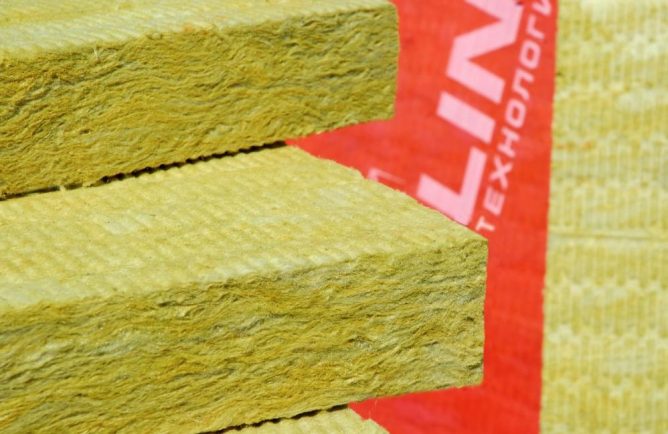
Basalt - You Can't Think of it More Naturally
For the production of mineral wool, the rock is melted and crushed. This material is also called stone wool, as it is actually made from stone. Basalt-igneous rock is most often used, which is environmentally friendly and even used in medicine. Thus, the basis of the insulation is harmless to humans.
Then, resin is used to bond the resulting fibers together. The composition of the latter depends on whether mineral wool is harmful to the body. The manufacturer decides what type of this substance to use.
Some resins do not contain harmful components, and then the material is practically harmless. But sometimes phenol and formaldehyde are added to the composition - components harmful to health.
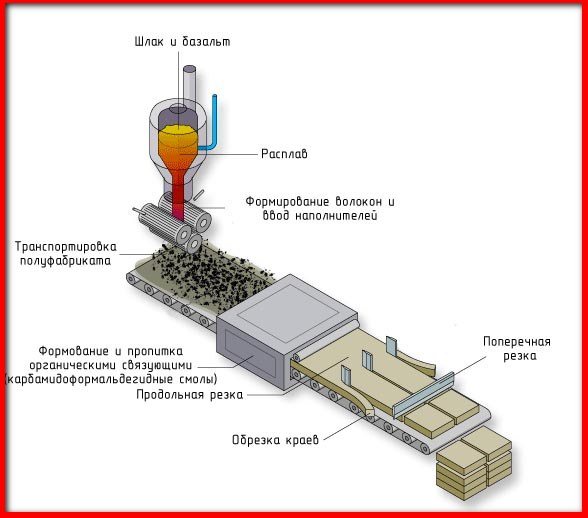

Basalt and human lungs
This material is solidified magma. Basalt is usually located on the surface of the earth. Basalt contains more than one rock.
Which heating radiators are better and why?
According to statistics, many people nowadays believe that basalt causes significant harm to the human respiratory system. This is quite justified in the case of cheap materials created without adherence to the specification.
Ecowool with a normal strength indicator is not capable of harming a person. Likewise, basalt wool cannot affect the human body in any way if it is outside the living quarters, for example, on the street.
This is due to the fact that the air outside is much cleaner than indoors. The only option in which harm to a person's lungs will be done if he actively breathes air, in which there are many particles of a slab of basalt insulation.
In many cases of lung diseases, people have had contact with: asbestos and mineral wool particles.
From a scientific point of view, such diseases occur due to the fact that small but sharp particles enter the human respiratory tract. As a result, they accumulate in the lungs, causing various injuries to the membranes. In many cases, this leads to serious chronic diseases.
Modern basalt heaters have impeccable characteristics. As a result, fibers do not enter the eyes, lungs and the body as a whole. Product certification is also of great importance.
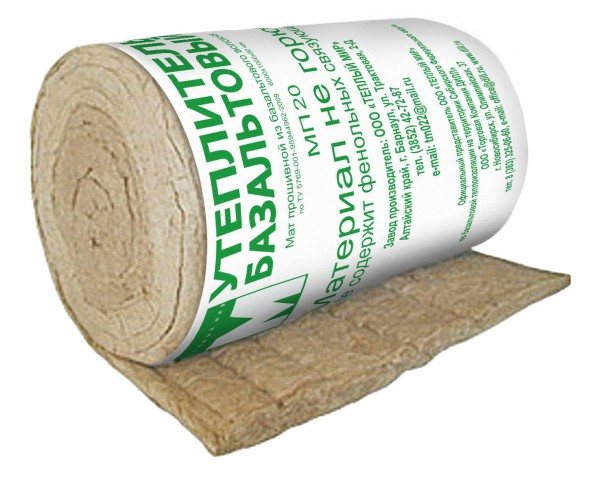

Certified basalt insulation
Harm to health of mineral wool microparticles
It is believed that the maximum harm to the body is caused by inhaling the fibers of the mineral insulation. It's true: getting micro-particles of basalt and resin into your lungs will not do anything good. When cutting the mineral insulation during construction work, fine dust is released, so you should work in a gauze bandage.
But when the insulation is already in place, it does not generate dust by itself. In addition, in most cases, the material is covered with a film to increase its thermal insulation properties and waterproofing. Thus, the safety of the mineral wool is ensured.
There is a mineral insulation of the latest generation, which is not prickly and creates almost no dust. The reason lies in the elasticity of the acrylic contained in its composition: the fibers bound by this material do not break off and do not scatter in the form of microparticles. This is not the only advantage of the material, it has improved sound insulation characteristics also thanks to acrylic, which absorbs sound waves more efficiently. Thus, it is possible to completely avoid the appearance of dust when using mineral insulation.
Harm
In recent years, many people have been interested in knowing the exact answer to the question: is basalt wool harmful?
Basalt is of particular interest due to the fact that it is actively used as a heater and sound-insulating material in various areas of construction and decoration. Due to the active use of basalt, many people are in daily contact with it, whose lives and health may be under threat.
If you look at the problem more or less objectively, basalt insulation does not have particularly harmful qualities, on the contrary, the material is to some extent environmentally friendly. That is, the harm to human health is minimal.
It is also worth noting that the accusations are to some extent erroneous.
Despite many hazards, basalt wool is much safer for the health of the human body than glass wool (the material of the previous generation with the same properties and purpose).
In the case of basalt, the degree of harm to humans depends entirely on the quality of the insulation. All other comments are erroneous and insufficiently substantiated.
Basalt insulation with an extremely low cost has the real harm. This is due to the fact that during the production of the material, technological aspects do not comply with the rules. As a result of such creation, the material loses some of its characteristics, acquiring qualities that are harmful to human health.
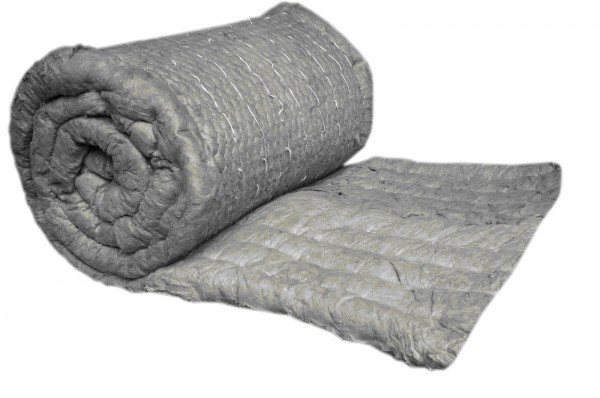

Low quality ecowool is dangerous to human health
Quality products always have the following properties:
- minimum heat conductivity;
- significant level of sound insulation;
- long shelf life, independent of operating conditions;
- complete resistance to fire (non-flammable material).
When using ecowool, ignoring safety regulations, the builder may be injured. It will also be inevitable if a material with a lower cost is used.
When installing sound and heat insulation, you have to constantly contact with the material, because of which any deviation from safety measures will immediately lead to sad consequences.
The main problem with cheap basalt slabs is that they fall apart during installation. As a result, the exfoliated pieces end up on the body, causing various problems.
Among them:
- irritation of the mucous membrane of the eyes;
- difficulties in the respiratory system;
- itching of the skin of the body;
- oncological problems;
- various harm from phenolic resins (in particular, it concerns the stone thermal insulation Isobox).
Basalt wool, skillfully made according to all standards, is not capable of causing harm to human health, especially serious. This is directly related to the impeccable strength of the material, due to which particles do not peel off from the ecowool slab.
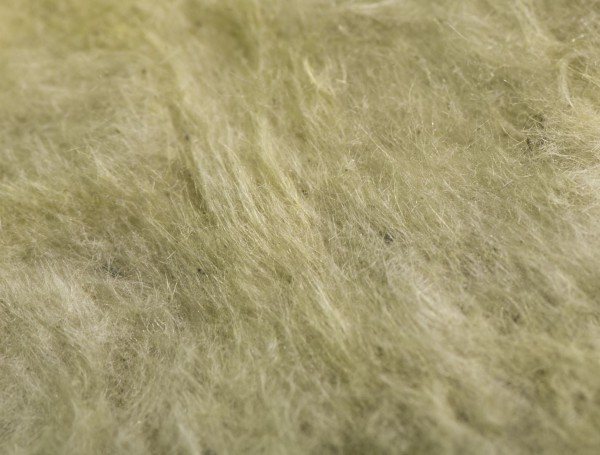

Ecowool in a cut with impeccable durability
Formaldehyde resins
Many people want to know if mineral wool, which contains formaldehyde resins, is harmful. The amount of resin in any basalt insulation is 2-3%. This substance contains a very small amount of formaldehyde. Thus, the mineral insulation contains the minimum amount of substances that affect health.
If it is necessary to completely eliminate the harm of mineral wool, pay attention to manufacturers who do not use harmful substances in production.
When installing insulation, cover it with foil and carefully seal the seams to avoid dust. Such mineral wool is not harmful to health.
Basic heaters - safety and first aid
When performing work, builders must strictly adhere to safety rules. If this is not done, then the basalt fibers will fall on the mucous membrane and open areas of the body, which will cause severe burning and irritation discomfort. All this is accompanied by redness and itching of the skin. Difficulties in removing microparticles of dust from basalt wool can arise from ordinary water, since the liquid promotes their deepening into cracks and pores.
It is most dangerous when microfibers enter the lungs. This leads to the development of many diseases of the respiratory system. To protect yourself from this, you must adhere to measures that involve protection during use:
- protective glasses;
- bandages or respirators;
- construction gloves;
- overalls.
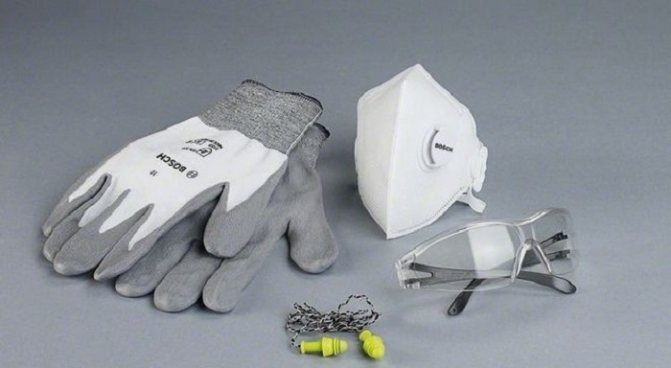

As a rule, after the completion of the work related to the installation of the heat insulator or after its transportation to the construction site, it is necessary to get rid of the working outerwear.
Even with all its advantages, the use of basalt wool can cause irreparable harm to the health and condition of the whole organism. Buying basalt wool, you cannot save in any case. You should choose a heater made exclusively from high-quality raw materials and in compliance with all technological standards. Only in this way, you can protect yourself and others from the negative impact of a poor-quality heat insulator, reducing the level of threat to human health.
Is it harmful during installation
The harm of mineral wool during installation work is often mentioned. Handling this material with bare hands can cause tiny, sharp fibers to dig into the skin and cause irritation. Therefore, you should only work with it with gloves.
Nevertheless, if stone wool gets on hands without gloves, there will be nothing terrible. You just need to thoroughly wash your palms with cool water (so as not to expand the pores), and then collect all the fibers from the skin by hand. Experienced installers use masking tape to remove these particles, applying it with the adhesive side to those areas of the skin that have come into contact with the mineral wool.
When working with basalt insulation, it is recommended to use a gauze bandage or at least a scarf to cover the respiratory system. This is especially true when you have to cut mineral wool. When installing a film for thermal insulation, there is no harm, so the gauze bandage can be removed.
Mineral insulation with acrylic in the composition is not harmful. In addition, it has increased elasticity. When installed inside structures, a “spring effect” occurs and the insulation fills the entire allotted space, leaving no cracks or gaps. Additional protection against dust scattering is not required.
What is included in thermal insulation?
For the manufacture of basalt wool, rocks of the basalt group are used. They are melted at a temperature of 1500 degrees Celsius in specially equipped furnaces, after which they are separated into separate fibers by a powerful stream of air, mixed with binding and water-repellent components.
The finished insulation is pressed into a single carpet to give it the necessary density indicators. Synthetic substances are most often used as binders. These include:
- urea resins;
- phenolic alcohols;
- phenol-formaldehyde resins.
Additionally, bentonite clays and bitumen are included in the composition of the basalt wool-based insulation.
At the final stage of the production of stone wool, the dangers of which are often exaggerated, it is cut into mats, plates or rolls with certain parameters, packed in sealed packages.
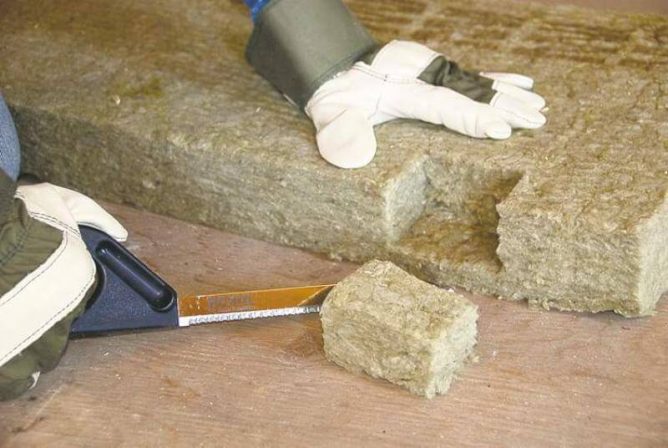

Ursa pure one
Ursa Pureone mineral wool has the best thermal insulation properties. Moreover, it is environmentally friendly, does not contain any harmful substances. The use of phenol and formaldehyde in production is completely excluded. This is a material of the latest generation, which differs from simple mineral wool even in appearance: it is white, reminiscent of cotton or sheep wool.
Quartz sand is used instead of basalt, which is the reason for the white color of the material. Instead of resin, acrylic is used as a connecting component - a safe polymer substance.
Substances affecting health
Among all the thermal insulation materials that are currently available in the CIS countries, consumers most often opt for mineral wool. With the help of this insulator, various structures are insulated - not only walls and floors, but also attics and loggias. Such a high popularity of this material is associated with its ability to absorb water in large quantities. To eliminate this deficiency had to resort to phenol-formaldehyde resins: As a result of such processing, it is possible to perfectly bind this material, as well as endow it with such a property as water resistance. But it is precisely because of the use of these additives that a person has to suffer.
The kind of facades that are especially dangerous
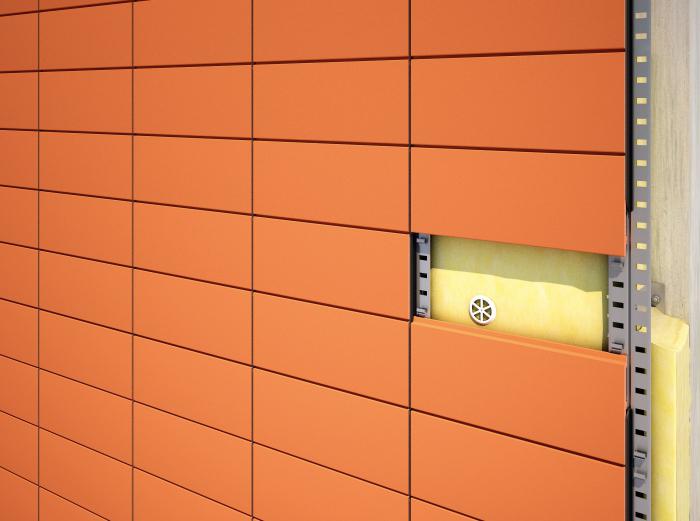

But in cities, ventilated facades are very popular, which perfectly insulate the room in winter, and in summer it is cool in it. According to the technology, a gap is left between the walls and the stone wool so that air can pass through, and moisture can also evaporate. Because of this, the smallest particles of dust fly off from the insulation, which penetrate around through the vents, doors, ventilation. Often, staying in such a room can cause various lung diseases and even cancer. In addition, stone wool particles can irritate eyes, mucous membranes and even skin.
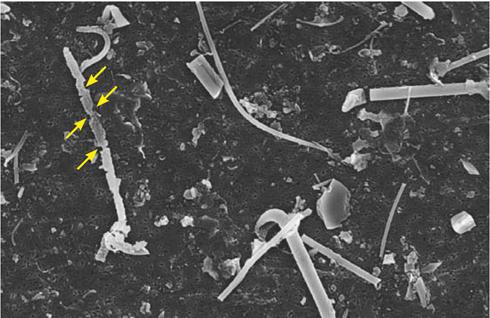

Insulation stone wool does harm to health precisely with its microparticles, which are needles that fall into the lungs when breathing. However, when exhalation occurs, they are not blown out, but remain inside. Accumulating inside the body, they destroy it, which leads to terrible diseases.
Types of hardness of stone wool
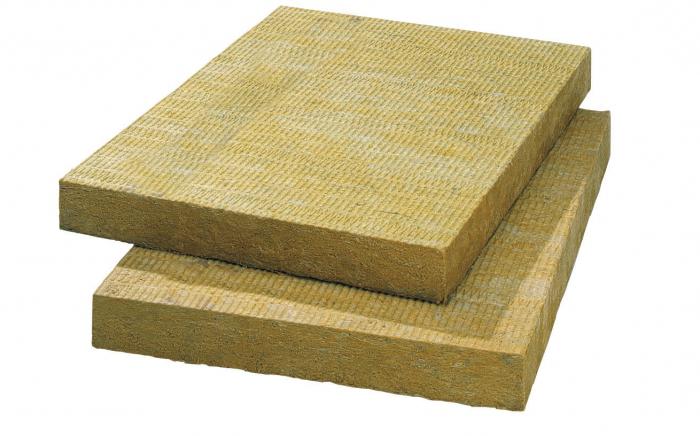

Manufacturers have stone wool, the price of which is the highest, the toughest. Because of this, it is used where the mechanical load will also fall on the insulation. In general, there are three types of stone wool: soft and harder, which are sold in rolls, and also mats. They are the most durable. They carry out the most common insulation - facade. It allows the material to pass air and drain condensate. Therefore, the insulation stays dry and warms the building better. Its softer types are designed for insulation of chimneys and pipelines.
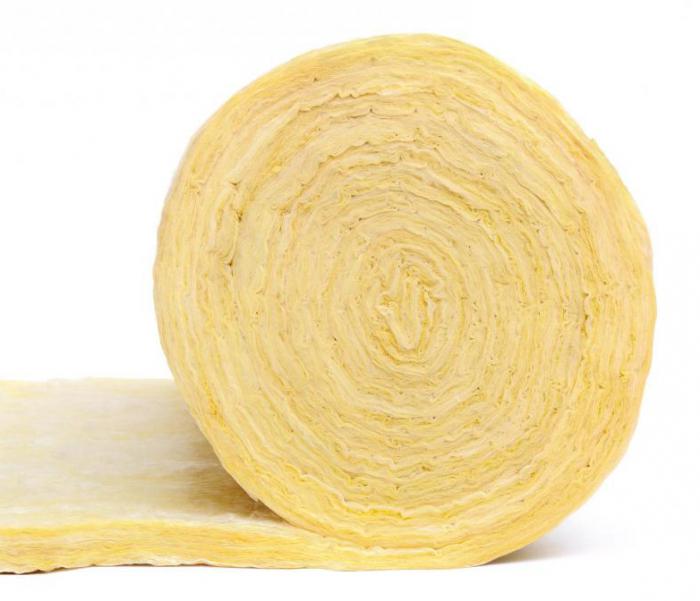

Varieties of stone wool
In our country, Rockwool stone wool has become widespread, which is one of the leaders in the market. Their products are represented by a wide assortment in different forms. Stone wool can also be fixed to a material that enhances its various qualities. There is a coating of fiberglass and foil, this material is more expensive, it costs about 1000 to 3000 rubles. The first option is preferable to use where it is necessary to eliminate noise. For example, in places with working units. Foil-cladding can withstand extreme temperatures. Such insulation is used near heating stoves and similar units, whose temperature can lead to a fire.
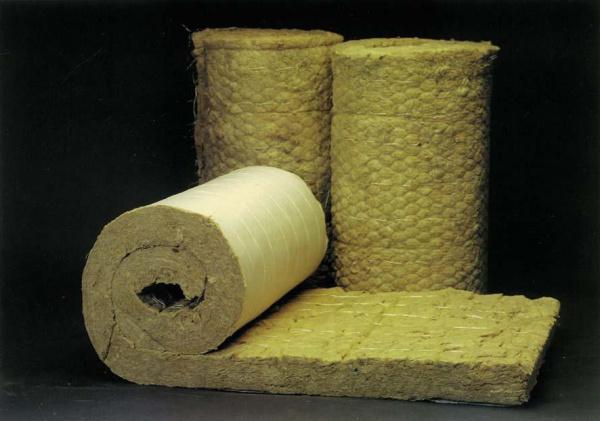

Consequences of using the material
In the case of direct interaction with basalt slabs, the latter can cause the following harm:
- disrupt the work of the respiratory system;
- cause the development of various kinds of oncological complications;
- cause itching on the skin;
- have an irritating effect on the mucous membrane of the eye;
- worsen overall health due to the presence of phenolic resins in the body.
The situation is completely different with varieties of basalt insulator, which are of high quality, since their harm to human life and health is minimized.
This is explained by similar materials are very durable, due to which a particle of these plates is released from the base of the structure in extremely small quantities, which can harm the skin or the upper respiratory tract.
All this allows us to say that the greatest harm to human health is caused by basalt wool, the production of which did not comply with the requirements of technology. In practice, this is realized in the use of low quality raw materials, which is why the finished product has large deviations in terms of compliance with current norms and quality standards.
It is possible to eliminate or at least minimize the negative impact on the health of basalt heaters, provided that all construction and other work will be carried out using only high-quality and certified specimens.

